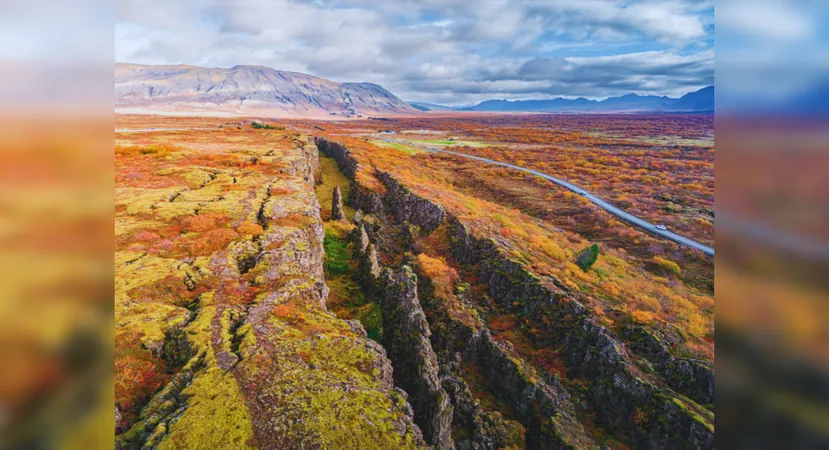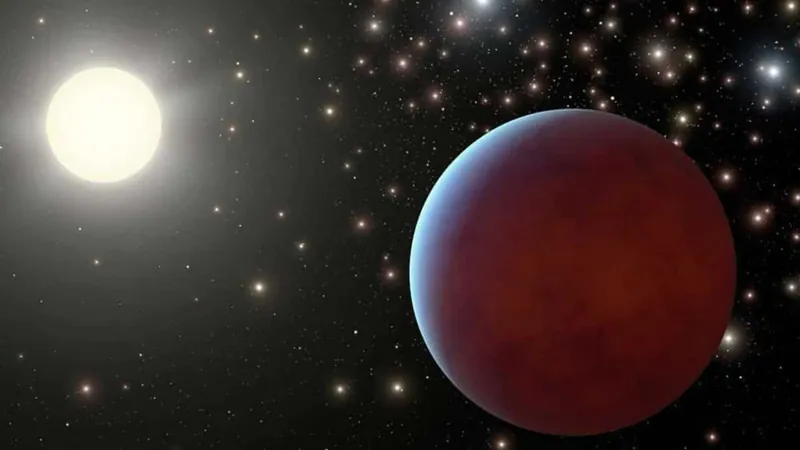
The Sentinel-2C Satellite Surprises with Stunning Lunar Image During Calibration!
2024-09-27
Overview
On September 20, 2024, the Copernicus Sentinel-2C satellite made an unexpected splash by capturing a breathtaking image of the Moon, executing an intricate sideways roll during its calibration process. While this state-of-the-art satellite was primarily designed to monitor Earth's landscapes and coastal waters, its lunar side venture showcased capabilities that exceeded all expectations.
Image Details
With an impressive resolution of approximately 5 km, the captured image reveals prominent lunar features, including the famed Copernicus Crater, the striking Tycho Crater, and the expansive lunar seas: the Sea of Tranquility, the Sea of Moisture, and the Sea of Clouds. Such detailed imagery highlights the advanced technology within Sentinel-2C's multispectral imager, which operates from an altitude of 786 km.
Calibration Importance
This lunar observation is part of a routine 'Moon calibration' procedure performed monthly by the satellite. This is not just a thrilling side project; it plays a crucial role in maintaining the satellite's performance. By directing the satellite's gaze towards the Moon, scientists can detect and correct any minor variations in instrument performance that may arise, such as those caused by optical coatings aging or shifts in detectors. This meticulous adjustment helps maintain what is known as 'radiometric accuracy,' which is essential for consistent data quality over time.
Initial Challenges
Interestingly, the initial image taken presented a distorted, eclipse-shaped view of the Moon, a result of the relative motion during the photography process. However, through a sophisticated correction method, the final result emerged as a clear and stunning depiction of our celestial neighbor.
Sentinel-2C's Role
Launched on September 5, 2024, Sentinel-2C joins the Copernicus fleet, which plays a vital role in providing high-resolution images essential for monitoring environmental changes across the globe. The implications of such detailed observations extend beyond mere visual interest; they contribute to scientific research, climate monitoring, and our understanding of both Earth and lunar dynamics.
Future Explorations
As satellite technology continues to evolve, who knows what other surprises are in store for us? Keep your eyes on the skies—there's a universe of exploration waiting!





 Brasil (PT)
Brasil (PT)
 Canada (EN)
Canada (EN)
 Chile (ES)
Chile (ES)
 España (ES)
España (ES)
 France (FR)
France (FR)
 Hong Kong (EN)
Hong Kong (EN)
 Italia (IT)
Italia (IT)
 日本 (JA)
日本 (JA)
 Magyarország (HU)
Magyarország (HU)
 Norge (NO)
Norge (NO)
 Polska (PL)
Polska (PL)
 Schweiz (DE)
Schweiz (DE)
 Singapore (EN)
Singapore (EN)
 Sverige (SV)
Sverige (SV)
 Suomi (FI)
Suomi (FI)
 Türkiye (TR)
Türkiye (TR)